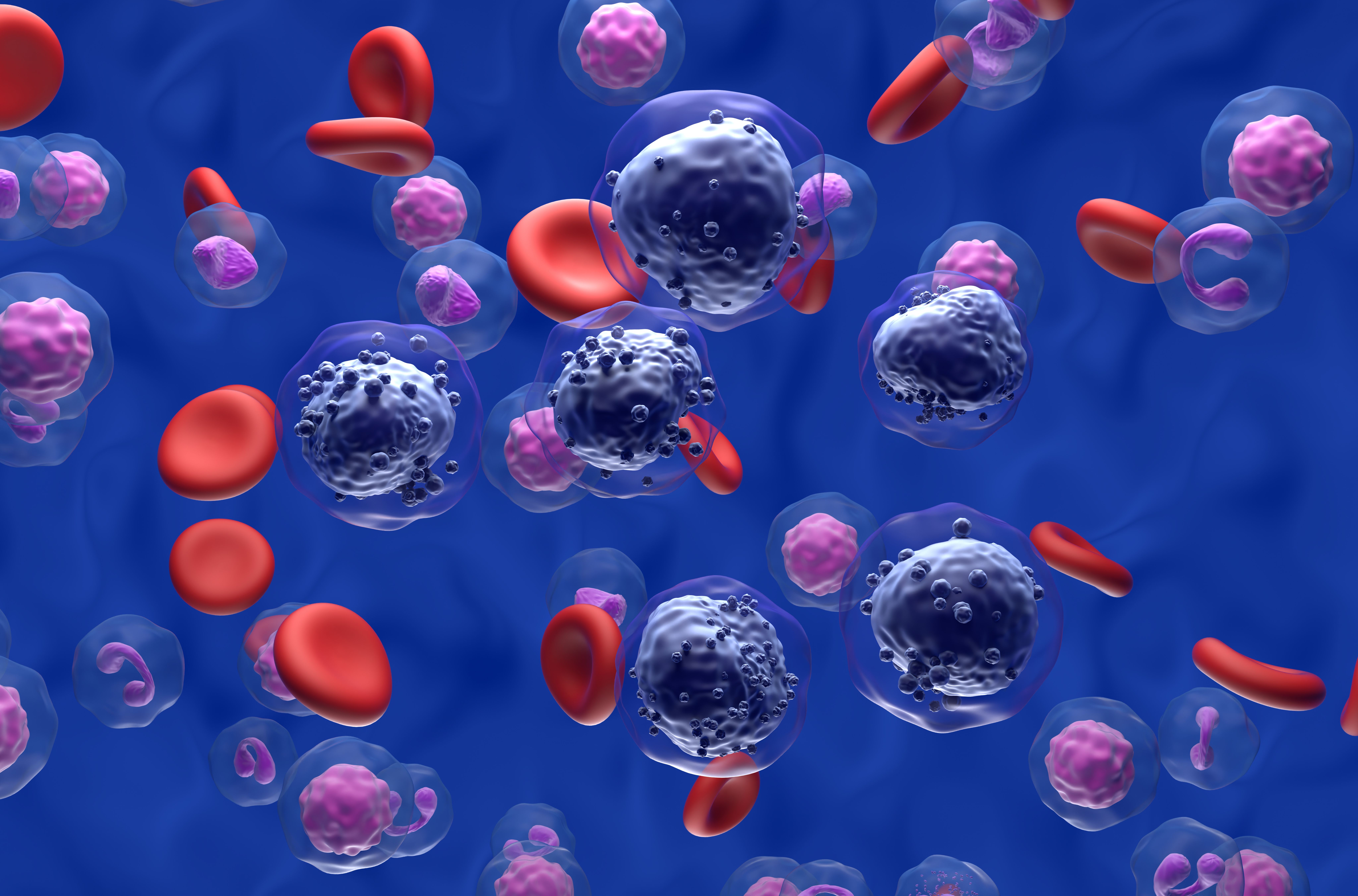Incorporating BV in Frontline Treatment for HL Improves Efficacy
Data points to the loss of predictive value of an interim PET2 scan for patients with Hodgkin lymphoma when treated with a regimen containing brentuximab vedotin.
Ravand Samaeekia, MD, MS

Integrating brentuximab vedotin (Adcetris; BV) into first-line Hodgkin lymphoma (HL) treatment correlates with superior efficacy, regardless of PET-CT scan after 2 cycles of chemotherapy (PET2) results, according to a study for which results were presented at the 11th Annual Meeting of the Society of Hematologic Oncology (SOHO 2023).
Findings from the review showed that among the 40 patients treated with BV plus doxorubicin, vinblastine, and dacarbazine (BvAVD), 24 were PET2-negative and 12 were PET2-positive. All patients who were PET2-negative had a negative EOT-PET, which indicated no progression in cancer. Of the 12 PET-positive patients, 4 had a positive end-of-treatment PET.
No meaningful impact on the management of patients was noted with the results of PET2 scans, and only 1 patient had a change in chemotherapy regimen after PET2 among all 40 patients who started on the BvAVD regimen initially. Additionally, no differences were observed in outcomes between the patients who were PET2-positive with a negative EOT-PET vs PET2-negative patients.
“We concluded that incorporation of brentuximab vedotin into frontline treatment results in superior efficacy, regardless of PET2 results. Our data, along with previous studies, points to the loss of predictive value, and therefore, redundancy of an interim PET2 scan, providing the evidence for safe omission of PET2 in treatment regimens containing BV,” Ravand Samaeekia, MD, MS, chief resident at Loma Linda University Internal Medicine, said during the presentation.
The standard-of-care for patients with HL is interim PET2 due to its prognostic value and utility in PET-adapted treatment protocols. However, with the incorporation of BV, a novel, anti-CD30 antibody-drug conjugate, into frontline treatment, the value of PET2 imaging is uncertain.
Cells in blood flow © LASZLO - stock.adobe.com

Investigators sought to determine whether interim PET assessment after 2 cycles of treatment still has predictive value for patients with HL by reviewing frontline trials incorporating BV and reported interim PET data. These trials were evaluated for 3 years, between December 2018-December 2022, and patients were from Loma Linda University Cancer Center. PET2 and end-of-treatment PET (EOT-PET) results of patients with HL treated with BvAVD in the same period were also reviewed.
In 3 studies which have already been performed, ECHELON-1 (NCT01712490), AHOD1331 (NCT02166463), and BREACH (NCT02292979), BV was incorporated into the frontline and interim PET data were assessed. Each of these studies showed that progression-free survival or overall survival rates were significantly higher with BV among patients with PET2-negative or PET2-positive disease.
In the ACCRU-LY study (NCT02758717) of BV with nivolumab (Opdivo) as a frontline treatment for patients with HL, preliminary data showed a 97% rate of interim PET negativity was seen with a 100% PFS rate at 2 years. Findings showed this combination, which eliminated chemotherapy, was reasonably well-tolerated. However, some neuropathy concerns were noted.2 Although this trial did not meet its prespecified activity criteria as the overall response rate noted was 61% instead of 80%, the combination was active in older patients and is considered an interesting approach.2,3
“All these clinical trials are supporting the idea that receiving BV has benefits, regardless of being a PET-positive or PET-negative patient,” said Samaeekia.
In the review presented at SOHO 2023,1 40 patients were included and treated with BvAVD. A total of 24 were PET2-negative, and 12 were PET2-positive. Nineteen (48%) patients were male, and the median age was 22 years (range, 11-83). At initial diagnosis, 11 patients (28%) had Ann Arbor Stage II disease, 15 (37%) had stage III, and 14 (35%) had stage IV disease. Nineteen percent of patients had a low (0-2) International Prognostic Score while 21% had a high score (3-7), and the majority of patients (68%) had an ECOG performance status of 0-1.
All 24 patients with PET2-negative disease and 8 patients with PET2-positive disease with a negative EOT-PET remained in complete remission at the end of treatment.
Overall, using BV in frontline treatments for patients with HL results in superior efficacy, regardless of PET2 results. Along with previous studies, these data show the loss of predictive value and the redundancy of an interim PET2 scan. With these findings, there is evidence for safe omission of PET2 in treatment regimens containing BV.
REFERENCES:
1. Samaeekia R, Brothers JM, Mirshahidi H, et al. Does interim PET assessment after two cycles of treatment with brentuximab vedotin still have a predictive value in Hodgkin lymphoma? Presented at: 2023 SOHO Annual Meeting; September 6-9, 2023; Houston, TX. Abstract HL-642.
2. Cheson BD, Bartlett NL, LaPlant B, et al. Brentuximab vedotin plus nivolumab as first-line therapy in older or chemotherapy-ineligible patients with Hodgkin lymphoma (ACCRU): a multicentre, single-arm, phase 2 trial. Lancet Haematol. 2020;7(11):e808-e815. doi:10.1016/S2352-3026(20)30275-1
3. Milunović V, Hude I, Rinčić G, et al. Clinical dilemmas in the treatment of elderly patients suffering from Hodgkin lymphoma: a review. Biomedicines. 2022;10(11):2917. doi:10.3390/biomedicines10112917
Examining the Non-Hodgkin Lymphoma Treatment Paradigm
July 15th 2022In season 3, episode 6 of Targeted Talks, Yazan Samhouri, MD, discusses the exciting new agents for the treatment of non-Hodgkin lymphoma, the clinical trials that support their use, and hopes for the future of treatment.
Listen